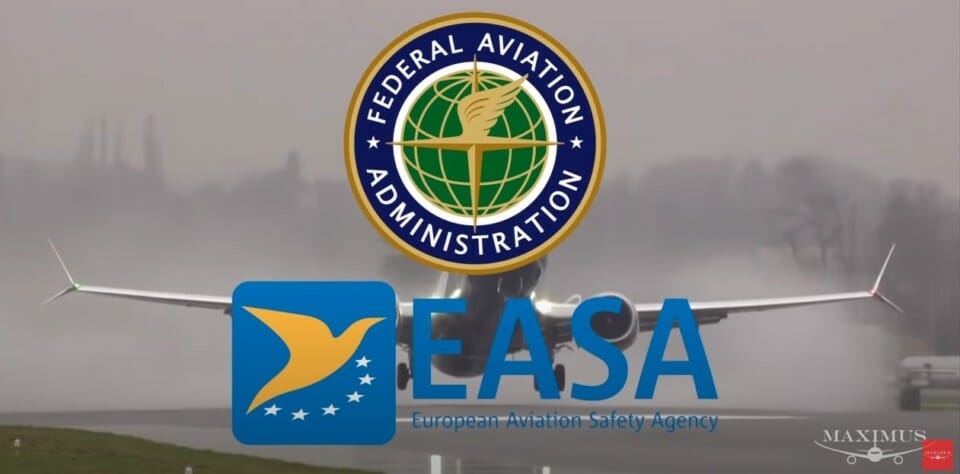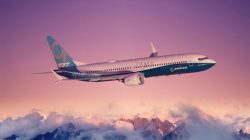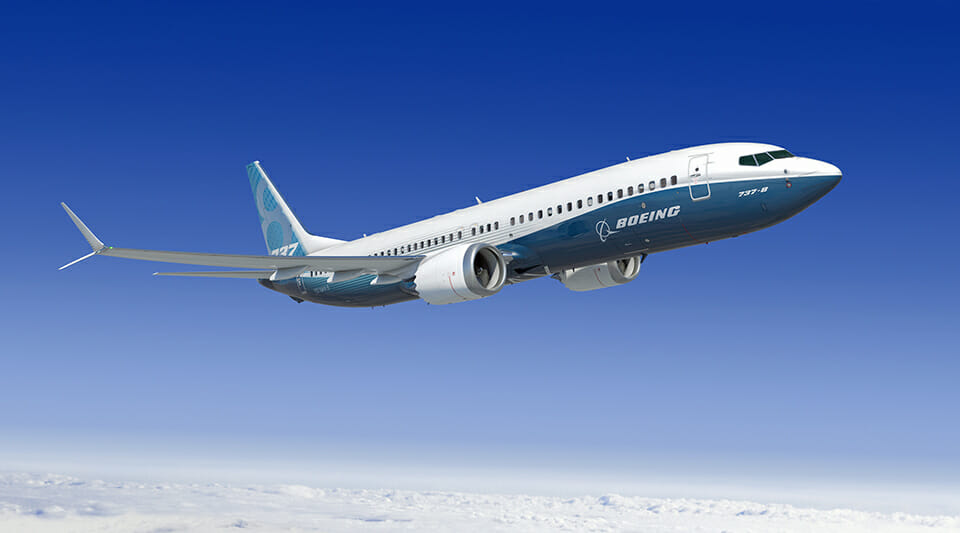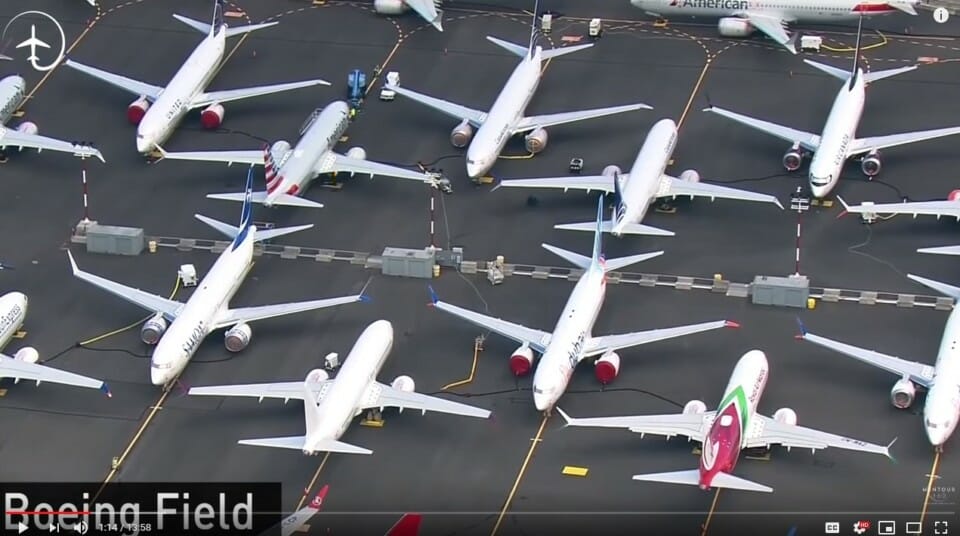After nearly 15 months of grounding worldwide, the Boeing 737 MAX airliners are getting closer to flying again. I wrote about the issues and solutions affecting the 737 MAX in part 1 and part 2 of Boeing Preparing For 737 MAX Recertification.
The FAA has given Boeing the go-ahead to begin recertification test flights as early as today. Boeing will have to demonstrate that all known problems have been corrected and no new problems will be discovered during the test flights.

Gaining U. S. Certification
The flight testing process will be conducted by a team of pilots and engineers from Boeing and the FAA. The test flights come after Boeing received approval by the FAA for the systems safety assessment by the Type Authorization Boards. Any time a new aircraft is certified by the FAA and other international governing boards, it may be approved as a new aircraft type or a modification of an existing aircraft type. This distinguishment is critical because it will determine if new pilot training and certification will be required. Going back through time, pilots of existing 737 airliners (737-100 through 737-900) have been able to fly these aircraft because the flight handling characteristics remained closely the same. The difference with the 737 MAX is the flight handling characteristics are different. I explain this in part 2 of Boeing Preparing For 737 MAX Recertification. To avoid requiring a new type rating for the 737 MAX, Boeing developed the MCAS system which was found to have design and execution flaws.
The FAA will carefully script test environments with maneuvers that will invoke the MCAS system to execute. The FAA evaluators will determine if MCAS executes as it was originally designed. Part of the problem that led to the fatal air crashes of the 737 MAX is that MCAS is supposed to execute only once before it resets. In the case of the crashes, MCAS kept executing over and over again causing the aircraft to continue to pitch up and down like a porpoise. Add to the complexity that pilots were not trained in MCAS and many pilots did not understand its existence due to lack of documentation in the pilot quick-reference handbook (QRH).
Boeing was under pressure to get the 737 in revenue service. First, they were competing with the launch of the Airbus A320-NEO family of airliners. Second, they promised airlines that their pilots could migrate from previous generations of the 737 to the 737 MAX without any flight or simulator training. The reason for this is the cost and loss of pilot time for the airlines to complete training. MCAS was developed to avoid pilots having to obtain a new type-rating by offsetting through automation the changes in the flight handling characteristics.
Passing the flight testing is just the beginning for Boeing. Boeing engineers will then need to develop service bulletins addressing software upgrades to the flight management system and rewiring requirements. After the service bulletins are approved, the airlines that already have the 737 MAX will need to have their aircraft updated and certified that the updates have been successfully completed before they can begin revenue flights.
Training for transitioning pilots will have to be approved. The 737 MAX pilots will have to obtain type-rating for the 737 MAX before they can fly the aircraft. This training will most likely require training in a 737 MAX simulator. This is an issue because at the beginning of 2020, there were only 34 installed 737 MAX simulators. Full motion simulators for the 737 MAX can cost around $15 million to purchase and have expenses of $400 – $500 per hour of operation.
Gaining Worldwide Certification
In the past, aviation certification bodies around the world have taken FAA approval as their approval. Since the FAA failed in the original certification of the 737 MAX, these international governing bodies such as Europe and Canada will require their approval before flights resume in Europe and Canada.
It is not surprising that Canada and the European Union will require additional enhancements such as synthetic airspeed computation. What is surprising is that they will allow the 737 MAX to fly until those enhancements are installed. In order to establish and maintain commonality around the world, I can see the FAA requiring Boeing to include these enhancements for U. S. based aircraft.
When Will The 737 MAX Return To Service?
This all depends on how soon Boeing can pass the FAA flight tests and complete the remaining tasks to certify the aircraft as airworthy. Don’t expect the 737 MAX to be in airline revenue service before 2021. Additionally, pilots will have to take 737 MAX simulator training and achieve the 737 MAX type rating. One of the problems with pilot training is that there are only about 30 737 MAX simulators installed at this time. The lack of simulators will increase the time it takes for pilots to obtain the new type rating.
Final Thoughts
This is certainly some good news for Boeing. This disaster has cost both Boeing and the airlines a lot of money. Now is the time for Boeing to rebuild both credibility and trust to the airlines and the flying public. One obstacle that is outside of Boeing’s control is if and when passengers will be willing to fly on the 737 MAX.





